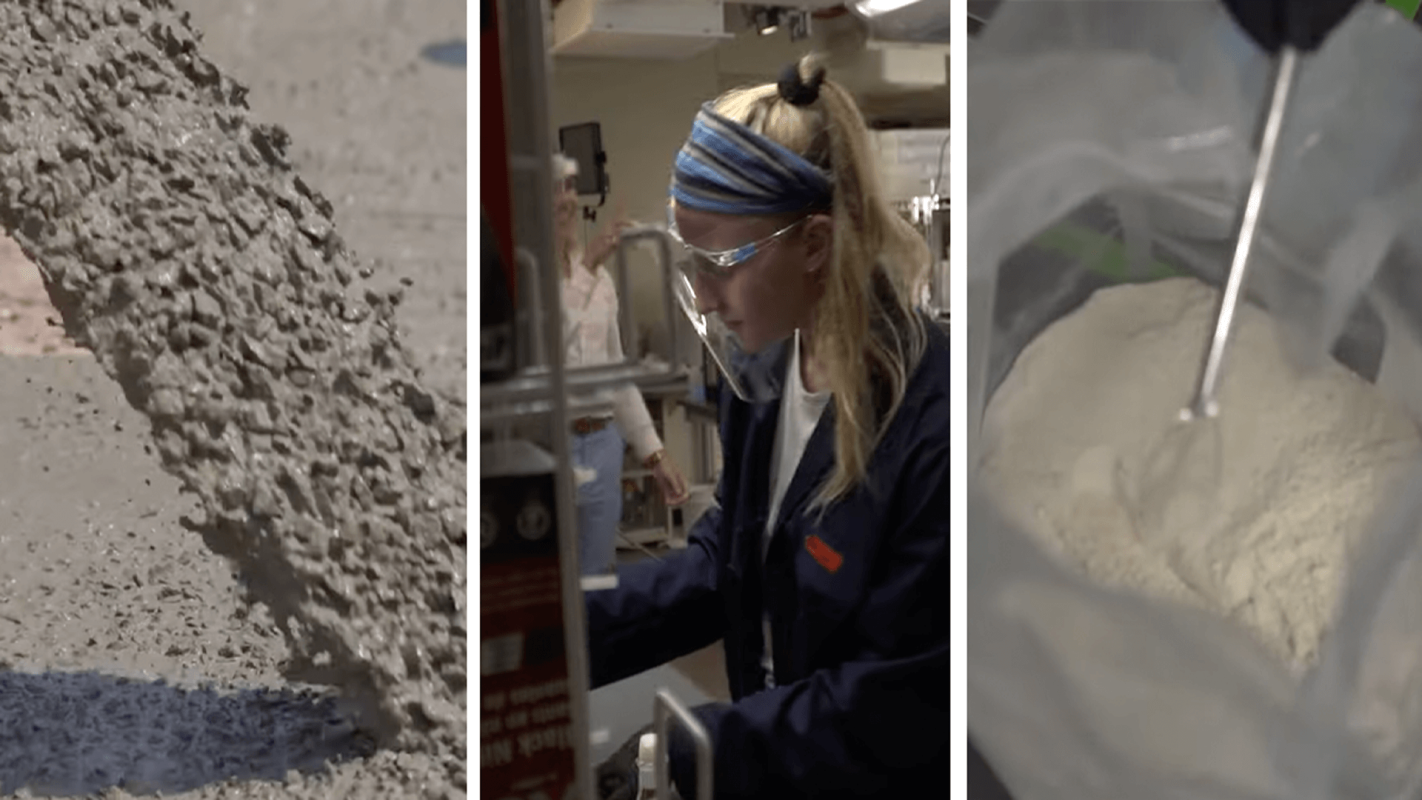One of the hardest environmental problems to deal with is, surprisingly, the pollution that comes from making cement. The material that makes up our buildings, sidewalks, and almost everything else in cities, comes at a cost — it creates a ton of harmful carbon pollution, around 7% of our global total.
So in the effort to fight the overheating of our planet and the extreme weather events that come with it, we need to find some concrete solutions to this problem.
A team of engineers and scientists at the University of Colorado Boulder may have done just that. In a remarkable effort, they have developed a way to make the cement production process carbon-neutral or carbon-negative, meaning that their new method of creating cement isn't going to cause more overheating of our planet.
They developed this amazing cement by using one of the ocean's tiniest creatures — microalgae — that naturally absorbs carbon.
Normally, cement is made by burning limestone from quarries before adding and mixing in sands, stones, and water. But these researchers found that if cement makers use limestone produced by these aquatic critters instead of using "quarried limestone," we could theoretically pull more carbon out of the air than is emitted during the process of cement production.
This means we could cement some serious progress by swapping out the traditional process of cement production for this cool, innovative alternative.
The pioneering team has already begun to receive accolades for their work, including a $3.2 million grant from the Department of Energy.
"This is a really exciting moment for our team," said Wil Srubar, who's serving as the lead principal investigator on the project, as well as an associate professor in Civil, Environmental and Architectural Engineering and CU Boulder's Materials Science and Engineering Program. "For the industry, now is the time to solve this very wicked problem. We believe that we have one of the best solutions, if not the best solution, for the cement and concrete industry to address its carbon problem."
Considering how much cement we produce every single day, how much pollution it causes, and how much cement we'll need to create to build the cities of tomorrow, this work could be crucial in protecting our communities.
Join our free newsletter for weekly updates on the coolest innovations improving our lives and saving our planet.









